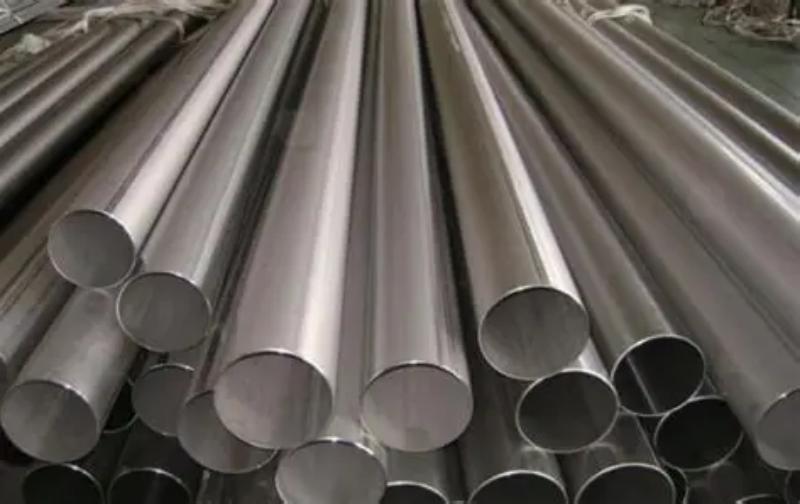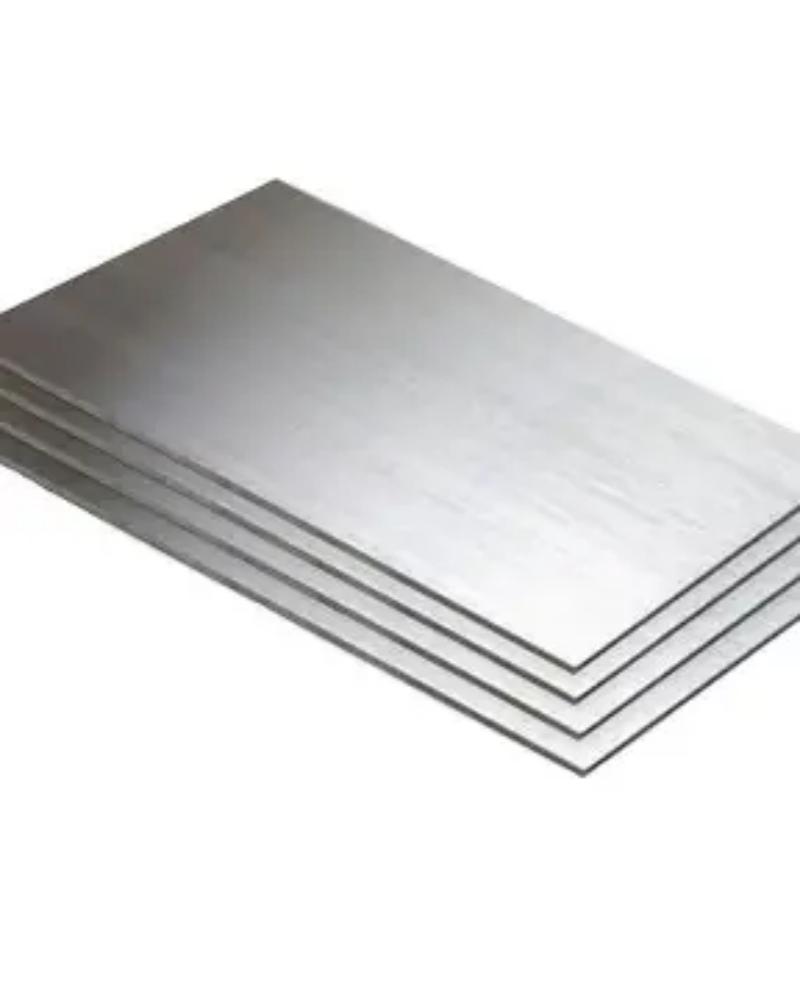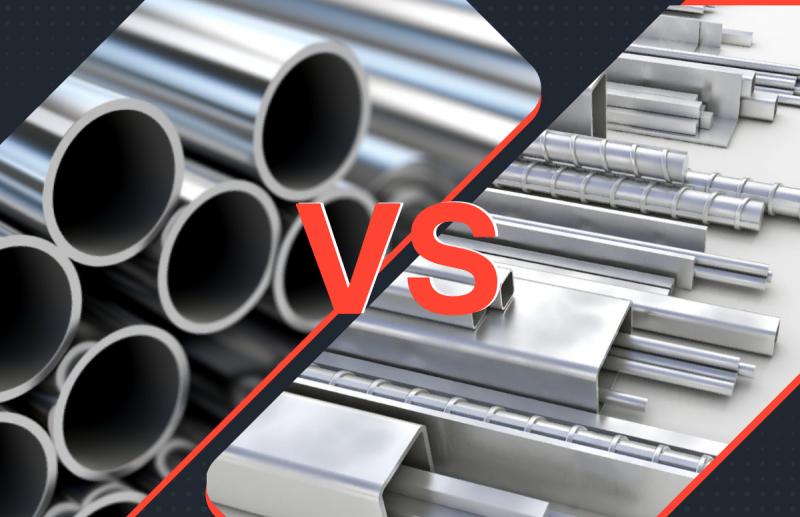
When delving into the field of mechanical machining, a question often arises: Alloy Steel vs. Stainless Steel – which is the better choice? Both materials are widely used across various industries like automotive and construction, and each possesses unique advantages. Understanding the differences between them is crucial for making informed decisions in manufacturing, design, and engineering projects. This blog explores the chemical, mechanical, and practical aspects of alloy steel and stainless steel, delving into their properties, applications, and more.
What is Alloy Steel?

Alloy steel is a type of steel enhanced by adding other elements to improve its performance. Unlike standard carbon steel, alloy steel contains elements like chromium, nickel, molybdenum, or vanadium in varying amounts, aimed at boosting specific characteristics such as strength, hardness, or wear resistance. These additions make the steel versatile, enabling it to meet the demands of high-stress applications.
Alloy steel is primarily categorized into two groups: low-alloy steel and high-alloy steel. Low-alloy steels contain up to 8% alloying elements, while high-alloy steels have a higher content, offering enhanced properties. This material is highly valued in industries like automotive, aerospace, and heavy machinery where durability and toughness are prioritized.
What is Stainless Steel?

Stainless steel is a corrosion-resistant alloy composed of iron, chromium, and, in some cases, nickel or other elements. Its defining characteristic is its strong resistance to rust and staining, thanks to a chromium content of at least 10.5%. This chromium forms a passive chromium oxide layer on the surface, protecting the steel from environmental damage. Stainless steel is renowned for its aesthetic appeal, durability, and ease of maintenance, making it a top choice for uses ranging from kitchen utensils to medical equipment.
Stainless steel is divided into various types, such as austenitic, ferritic, martensitic, and duplex, each with unique properties suited for specific applications. Its versatility and corrosion resistance make it essential across industries from food processing to architecture.
Stainless steel is a corrosion-resistant alloy composed of iron, chromium, and, in some cases, nickel or other elements. Its defining characteristic is its strong resistance to rust and staining, thanks to a chromium content of at least 10.5%. This chromium forms a passive chromium oxide layer on the surface, protecting the steel from environmental damage. Stainless steel is renowned for its aesthetic appeal, durability, and ease of maintenance, making it a top choice for uses ranging from kitchen utensils to medical equipment.
Stainless steel is divided into various types, such as austenitic, ferritic, martensitic, and duplex, each with unique properties suited for specific applications. Its versatility and corrosion resistance make it essential across industries from food processing to architecture.
Alloy Steel vs. Stainless Steel: Chemical Properties
Composition
The distinction between alloy steel and stainless steel lies in their composition. Alloy steel is primarily iron and carbon, combined with other elements like manganese, silicon, or chromium, specifically engineered to enhance particular traits. The exact composition depends on the intended use—for instance, molybdenum might be added for heat resistance, or vanadium for strength.
Stainless steel, on the other hand, is characterized by its high chromium content (at least 10.5%), often accompanied by nickel, molybdenum, or titanium. These elements contribute to its corrosion resistance and ability to withstand harsh environments. While both materials can be customized, stainless steel's composition focuses more on corrosion resistance, whereas alloy steel emphasizes mechanical strength.
Corrosion Resistance
When comparing alloy steel and stainless steel, corrosion resistance is a key differentiator. Stainless steel excels in this area due to its chromium, which forms a protective oxide layer that prevents rust and degradation in moist or acidic environments. This makes stainless steel ideal for marine applications, chemical plants, and outdoor structures.
Alloy steel, while durable, generally has lower corrosion resistance unless it contains significant chromium or other protective elements. For example, high-alloy steels with chromium can approach the corrosion resistance of stainless steel, but standard low-alloy steels typically require coatings or treatments to endure harsh conditions.
Reactivity to Chemicals
Reactivity to chemicals is another crucial factor. Stainless steel's chromium oxide layer makes it highly resistant to chemical reactions, including those with acids, alkalis, and salts. This property makes it favored in industries like food processing and pharmaceuticals, where hygiene and chemical resistance are paramount.
The chemical reactivity of alloy steel depends on its composition. Low-alloy steels may corrode or react when exposed to corrosive chemicals, while high-alloy steels with elements like molybdenum offer better resistance. However, compared to stainless steel, alloy steel generally requires more maintenance or protective measures in chemically corrosive environments.
Alloy Steel vs. Stainless Steel: Mechanical Properties

Durability
Durability is a vital consideration in machining, and both alloy steel and stainless steel perform well, albeit in different ways. Alloy steel is renowned for its exceptional strength and toughness, particularly in high-stress applications like gears, shafts, and structural components. Its resistance to impact and wear makes it the preferred choice for heavy machinery.
Stainless steel, while strong, is often less tough than alloy steel but excels in resisting surface damage like scratches or dents. Its corrosion resistance enhances its durability, ensuring long-term use in environments where other steels might fail. The choice between the two often hinges on whether strength or corrosion resistance is prioritized.
Thermal Conductivity
Thermal conductivity refers to a material's ability to conduct heat. Alloy steel typically has higher thermal conductivity than stainless steel, making it more suitable for applications where heat dissipation is critical, such as in engine components or industrial tools. This property allows alloy steel to transfer heat efficiently, reducing the risk of overheating.
Stainless steel, however, has lower thermal conductivity due to its alloying elements, especially chromium and nickel. While this can be a disadvantage in high-heat-load applications, it makes stainless steel ideal for uses requiring heat retention, such as in cookware or certain heat exchangers.
Melting Point
A material's melting point affects its performance in high-temperature environments. Alloy steel generally has a higher melting point than stainless steel, ranging from 1,400°C to 1,500°C depending on its composition. This makes alloy steel suitable for applications like forging or high-temperature industrial processes.
Stainless steel has a slightly lower melting point, typically between 1,300°C and 1,450°C, due to its higher alloy content. While still robust, it may not perform as well as alloy steel under extreme heat, though its corrosion resistance often compensates in other aspects.
Weldability
Weldability is a key factor in machining and fabrication processes. The weldability of alloy steel depends on its composition. Low-alloy steels are generally easier to weld, but high-alloy steels containing elements like chromium or molybdenum may require special techniques to avoid cracking or reduced strength.
The weldability of stainless steel also depends on its type. For instance, austenitic stainless steels are quite weldable, whereas martensitic types can be more challenging due to their higher hardness. Both materials can be welded effectively with the correct techniques, but stainless steel often requires more post-weld care to maintain its corrosion resistance.
Magnetism
Magnetism can influence material selection for certain applications. Most alloy steels are magnetic due to their iron content and microstructure, making them suitable for applications like electric motors or magnetic clamps.
The magnetism of stainless steel depends on its type. Ferritic and martensitic stainless steels are magnetic, while austenitic stainless steels (the most common type) are generally non-magnetic due to their nickel content. This distinction is crucial in industries like electronics or medical devices where non-magnetic materials may be preferred.
Other Comparisons Between Alloy Steel and Stainless Steel
Cost
Cost is often a deciding factor in material selection. Alloy steel is generally more affordable than stainless steel, especially in the case of low-alloy steels. Its lower cost makes it attractive for large-scale projects or uses where high corrosion resistance is not required.
Stainless steel tends to be more expensive due to its higher alloy content and more complex manufacturing. However, its long lifespan and low maintenance costs can offset the initial price in applications where corrosion resistance is essential.
Appearance
Appearance matters in applications where aesthetics are important. Stainless steel is known for its smooth, polished look, resistance to tarnishing, and ability to maintain its appearance over time. This makes it a popular choice for architectural features, kitchen appliances, and decorative items.
Alloy steel is versatile but often has a more utilitarian appearance and may require coatings or surface treatments to achieve a polished look. Its aesthetic appeal is generally less emphasized, as it's commonly used for structural or mechanical purposes.
Weight
Weight is another consideration, especially in industries like aerospace or automotive manufacturing. Alloy steel is typically denser and heavier than stainless steel, which could be a disadvantage in weight-sensitive applications. However, its strength often compensates for the increased weight in structural components.
Stainless steel is slightly lighter due to its alloying elements, but in most cases, the difference between the two is minimal. For applications where weight is critical, engineers may need to balance strength, corrosion resistance, and weight when choosing between them.
Maintenance
Maintenance requirements can significantly impact long-term costs. Stainless steel, with its corrosion-resistant properties, requires low maintenance. It needs little upkeep even in harsh environments, making it ideal for applications like marine equipment or outdoor furniture.
Alloy steel, particularly low-alloy steel, often requires regular maintenance, such as painting or coatings, to prevent rust and wear. High-alloy steels might need less maintenance but still aren't as carefree as stainless steel.
Environmental Impact
Sustainability is increasingly important in material selection. Both alloy steel and stainless steel are recyclable, but stainless steel holds an advantage due to its widespread use and established recycling streams. Furthermore, its corrosion resistance often means a longer service life, reducing the need for frequent replacements.
The environmental impact of alloy steel depends on its composition and use. While recyclable, its production can involve more energy-intensive processes, especially for high-alloy steels. Both materials can be environmentally friendly if sourced responsibly and recycled properly.
Applications of Alloy Steel vs. Stainless Steel
The strength and versatility of alloy steel make it essential for industries requiring robust materials. Common applications include:
Automotive: Gears, shafts, and engine components.
Construction: Structural beams and heavy machinery.
Aerospace: Landing gear and turbine blades.
Tooling:Cutting tools and dies.
The corrosion resistance and aesthetic appeal of stainless steel make it suitable for diverse uses, including:
Food Service: Kitchen equipment and storage tanks.
Medical:Surgical instruments and implants.
Architecture: Building facades and railings.
Marine:Ship fittings and underwater structures.
Both materials excel in their respective domains, with alloy steel dominating where high strength is needed, and stainless steel shining in environments requiring corrosion resistance.
Commonalities Between Alloy Steel and Stainless Steel
Despite their differences, alloy steel and stainless steel share some common ground. Both are iron-based alloys that can be customized by adding elements like chromium, nickel, or molybdenum. They possess excellent mechanical properties for demanding applications. Furthermore, both materials are recyclable, supporting sustainable manufacturing practices. Their versatility and durability make them indispensable materials in the machining industry, each playing a unique yet complementary role.
Which is Better: Stainless Steel or Alloy Steel?
The question of which is better, stainless steel or alloy steel? depends entirely on the application. If corrosion resistance and low maintenance are priorities, stainless steel is the superior choice. Its ability to withstand harsh environments and maintain appearance makes it ideal for industries like food processing, medical, and architecture.
However, if strength, toughness, and cost-effectiveness are more critical, alloy steel often has the edge. Its ability to endure high-stress conditions at an affordable price makes it the go-to for automotive, aerospace, and construction applications. For projects requiring a balance, high-alloy steels with better corrosion resistance might bridge the gap.
Ultimately, the decision depends on factors like budget, environment, and performance requirements. Consulting with machining experts can help determine the best material for your project.
Choosing the Right Partner for Your Steel Needs
Whether your project requires the corrosion resistance of stainless steel or the strength and versatility of alloy steel, partnering with a reliable machining provider ensures quality and precision.
HONGWANG STAINLESS STEEL X HONGSCO YOUTH SERIES
2022-11-11Get In Hongwang's Dream Car Together
2022-03-28The main structure of HWHG headquarters building project was officially capped
2023-03-17Hongwang Hi-tech | Intelligent Production of Single Continuous Rose Gold
2021-05-14Fujian Hongwang start successful trial production
2023-09-13Hongwang's intelligent made,A stunning appearance at the 133rd Canton Fair
2023-04-23






